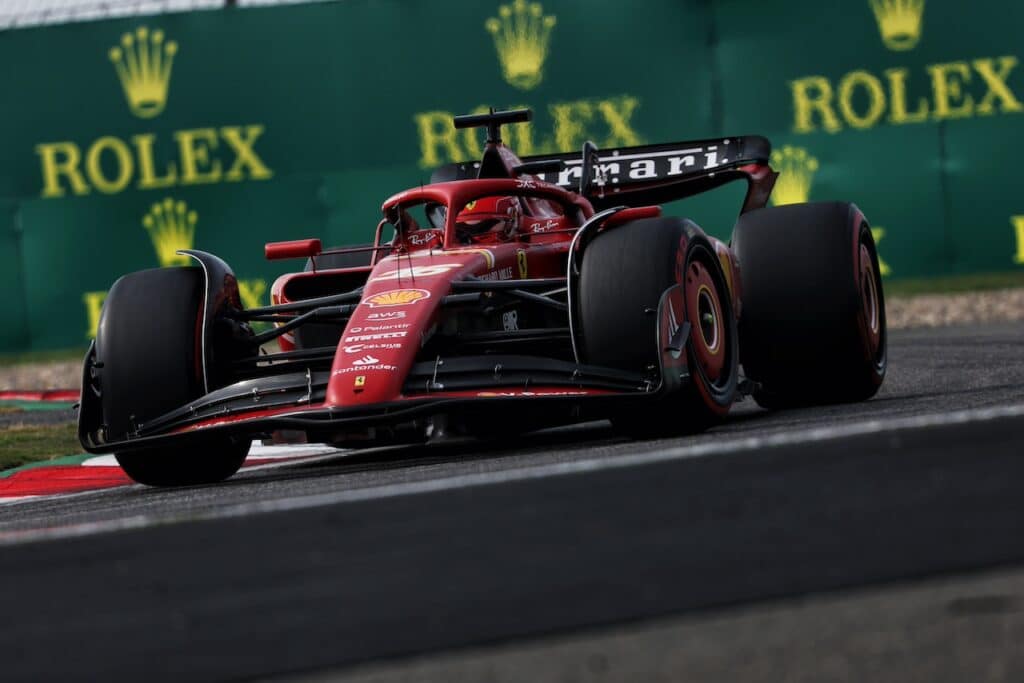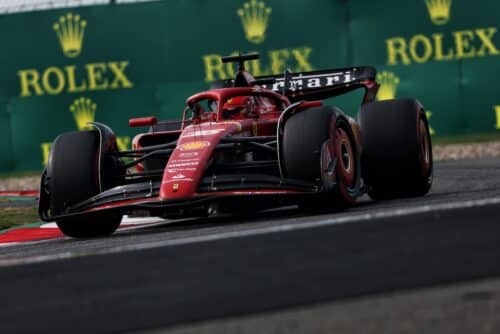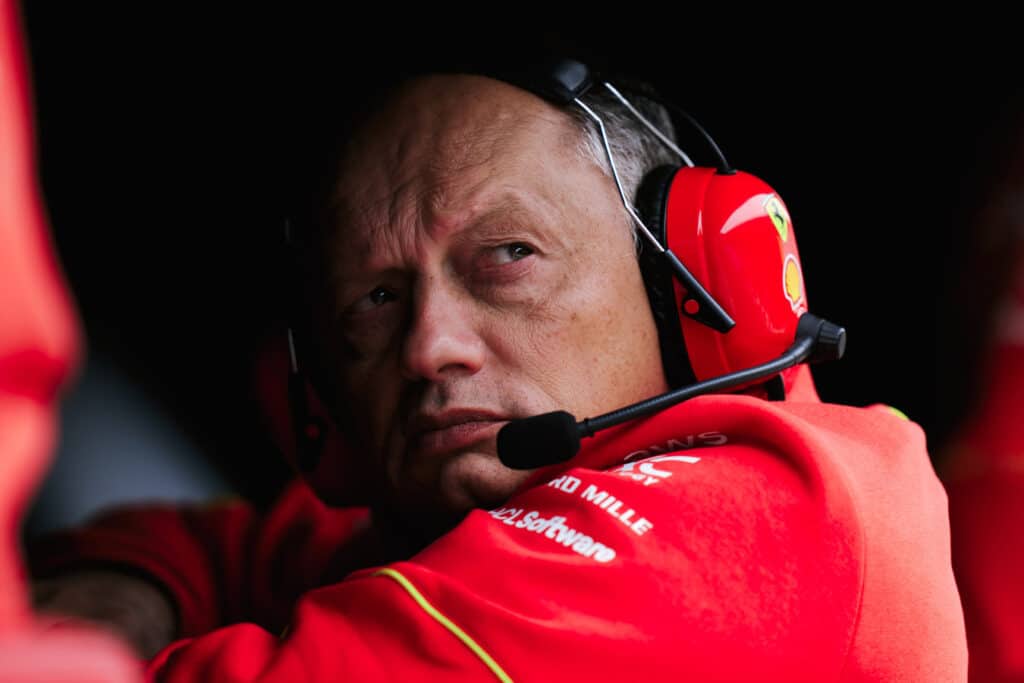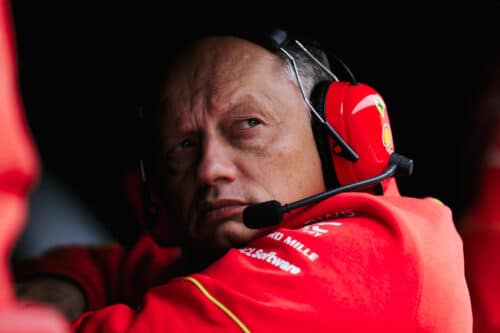F1 | GP Monaco, the identity card of the Monte Carlo road race according to Brembo
Two braking sections at the Circuit de Monaco are considered highly demanding on the brakes

F1 GP Monaco Brembo – Eighty years old but he doesn't look it. This year the Monaco GP celebrates its eightieth edition, even if the first dates back to 1929. According to Brembo technicians, the Circuit de Monaco falls into the category of circuits that are moderately demanding on the brakes. On a scale of 1 to 5 it deserved a difficulty index of 3, identical to the last two tracks on which it raced.
The circuit, which winds through the streets of the Principality, is characterized by high aerodynamic load and high percentages of time spent braking. Furthermore, in recent weeks several sections of the track have been resurfaced, including the Louis II tunnel, using a total of 15.000 mXNUMX of asphalt. This could increase the temperatures of the calipers and brake fluid, as the braking power that can be discharged to the ground is greater.
The 100 as a barrier for spaces and loads
The Circuit de Monaco is the shortest track in the World Championship, with its 3.337 metres, yet every lap the drivers use the brakes 12 times, the same number as Baku which however is over 6 km long, for a total of 18 seconds. The lack of long straights in the Principality prevents you from exceeding 300 km/h and consequently braking distances are also all less than 100 metres. The loads on the pedal, however, are very different from each other because in some points the riders exert around sixty kg, in others a hundred and in still others they exceed 140 kg. From the start to the checkered flag the total load on the brake pedal is 97 tonnes per driver, a notable effort, inferior only to the Singapore GP.
Be careful of the tunnel The
Of the 12 braking sections at the Circuit de Monaco, two are considered highly demanding on the brakes, four are of medium difficulty and the remaining six are light. The hardest for the braking system is the one at the exit of the tunnel, at turn 10: the single-seaters arrive at 283 km/h and go down to 85 km/h in just 96 metres. To achieve this, the drivers brake for 2,18 seconds, applying a load of 142 kg on the brake pedal and facing a deceleration of 4,7 g.
if you want to always be updated on our news
Follow us here
![Formula 1 | Focus: the special liveries in the history of Ferrari [PHOTO]](https://f1grandprix.motorionline.com/wp-content/uploads/2024/04/focus-ferrari7-1-1024x680.jpg)
![Formula 1 | Focus: the special liveries in the history of Ferrari [PHOTO]](https://f1grandprix.motorionline.com/wp-content/uploads/2024/04/focus-ferrari7-1-500x332.jpg)













